PACKCHAIN
Eco-smart ventilated packaging for fresh fruit using virtual cold chains (PACKCHAIN)
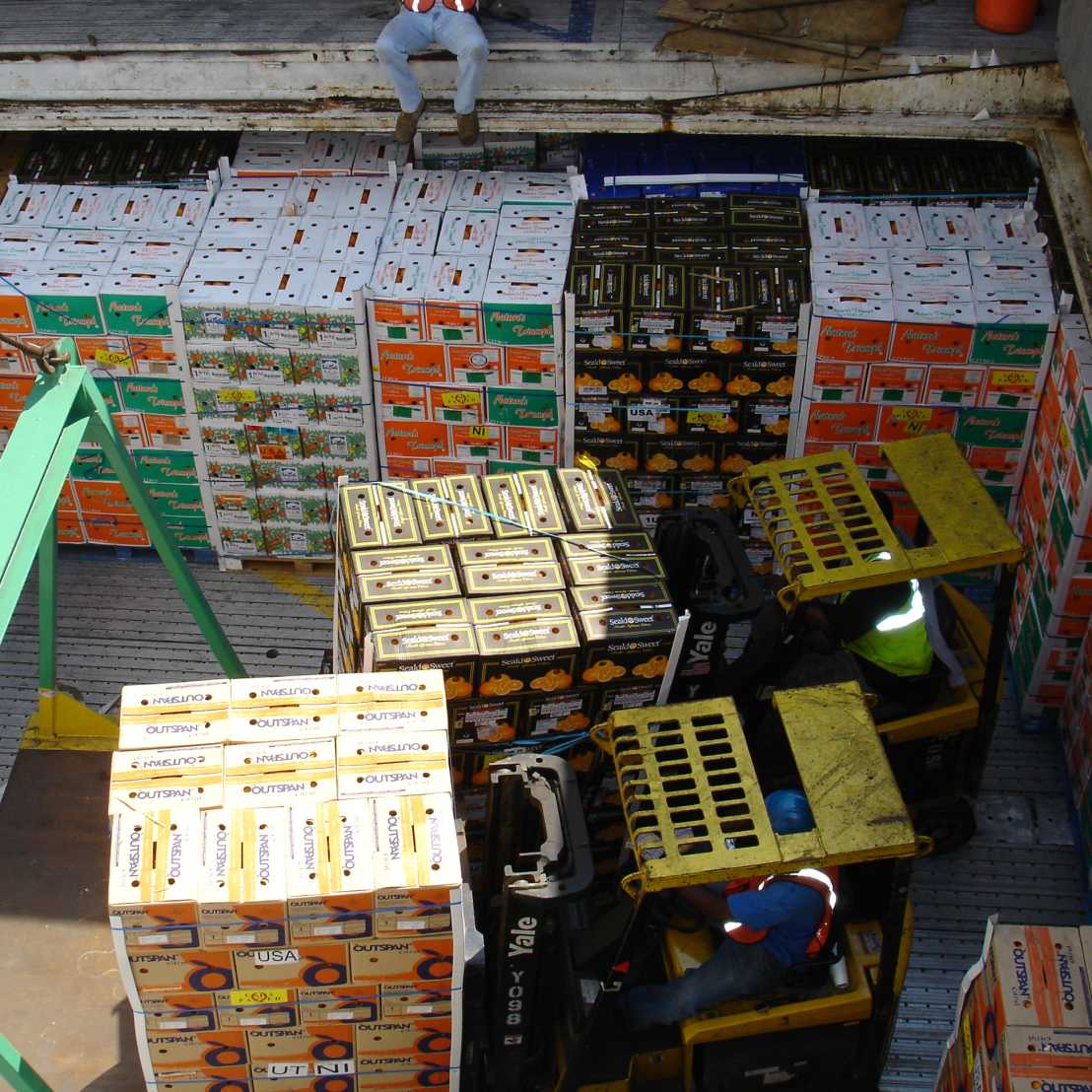
Project Started: 2015
Principal Investigator: Dr. Thijs Defraeye, Empa
Co-Investigator: Prof. Stefanie Hellweg, ETH Zurich; Prof. Jan Carmeliet, ETH Zurich
Contact: external page Thijs Defraeye, Empa
Cooling down fresh fruit and vegetables after harvest and keeping them cool during transport and storage is essential to preserve produce quality and extend shelf life. The overall research objective is to develop a new method to optimize ventilated packaging design for fresh produce.
An important share of the food losses, energy consumption and carbon footprint in the fresh fruit and vegetables supply chain is embedded within postharvest unit operations such as precooling, refrigerated transport and storage. Improving ventilated packaging is an efficient way to increase product quality and shelf life by better and more uniform cooling throughout the cold chain. Packaging also helps in reducing the energy use of mechanical ventilation systems by altering the airflow resistance. Many types are in use, such as closed and open-top cardboard boxes or reusable plastic boxes. A clear insight on the impact of the packaging type and its design on the environmental footprint of the fresh produce supply chain is however lacking. Our objective is to combine virtual tracking of individual fruit throughout the cold chain unit operations with life cycle assessment (LCA) as a novel approach to improve ventilated packaging, by reducing product losses and environmental impact. To this end, a virtual cold chain is set up for the case of citrus fruit. The hygro-thermal behaviour of individual fruit in boxes as stacked on a pallet is modelled throughout precooling facilities, transport in refrigerated containers and subsequent storage in cool rooms using computational-fluid-dynamics based models, but complemented by full-scale experiments. The resulting product quality, shelf life and losses but also energy consumption of each unit operation are fed into LCA to evaluate the supply chain in a more detailed way as possible by conventional LCA. Existing boxes as well as new designs are evaluated this way, specifically addressing the trade-offs between impacts from cooling, packaging and fruit losses. The developed methodology allows to tailor packaging to a specific cold chain in an environmentally-smart way. The strength of this project is that physical modelling of the quality state of single fruits is combined with decision-support tools to close the gap between package design and supply chain evaluation.
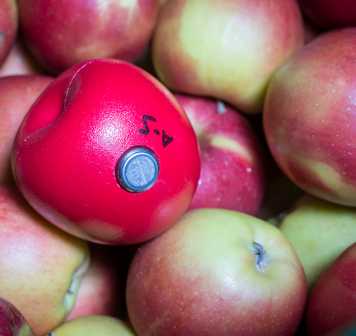
Publication in Food Packaging and Shelf Life (2019)
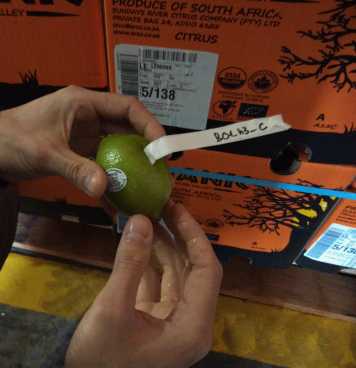
Publication in Applied Energy (2019)
Download Environmental trade-offs in fresh-fruit cold chains by combining virtual cold chains with life cycle assessment (PDF, 6.3 MB) by W. Wu et al.
Final Project Fact Sheet Published
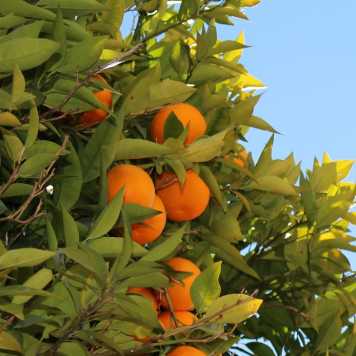
Fact sheets from completed project highlight results and relevance to stakeholders.
Publication in Biosystems Engineering (2018)
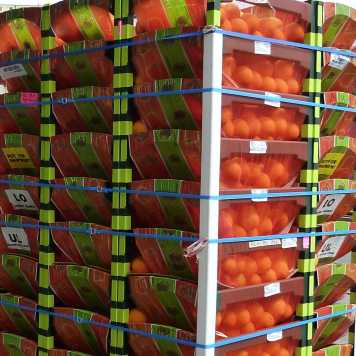
external page Full-scale experiments in forced-air precoolers for citrus fruit: impact of packaging design and fruit size on cooling rate and heterogeneity by W. Wu et al. Read more in WFSC News
Publication in Computers and Electronics in Agriculture (2018)
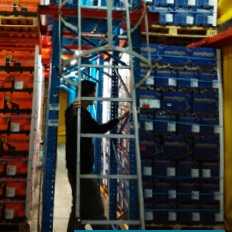
external page Virtual cold chain method to model the postharvest temperature history and quality evolution of fresh fruit by W. Wu et al. Read more in WFSC News
Publication in Applied Thermal Engineering (2018)
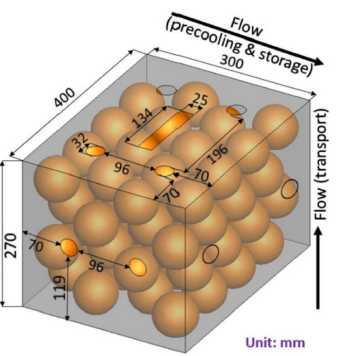
external page Identifying heterogeneities in cooling and quality evolution for a pallet of packed fresh fruit by using virtual cold chains by W. Wu et al. Read more in WFSC News
Presentation at World Food System Center Research Symposium 2017
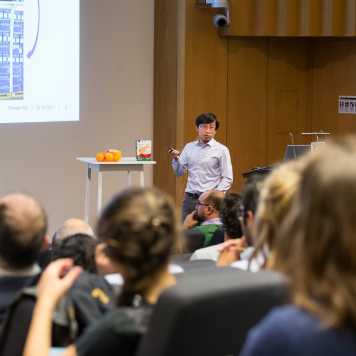
A virtual cold chain method to improve ventilated packaging for fresh fruit by Dr. Wentao Wu. Read more
Workshop: New cold-chain and packaging technologies to reduce food losses (2017)
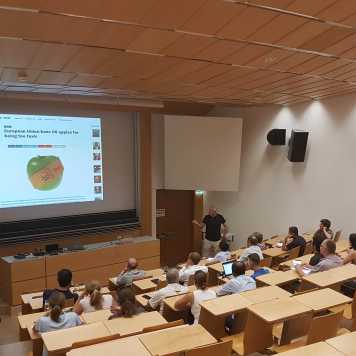
A consortium of over 35 food engineering researchers and practitioners attended the workshop in August 2017. Read more in WFSC News
Feature in Coop Magazine (2016)
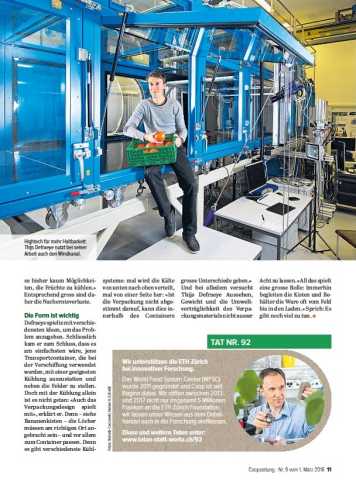
The article features the motivation and goals of the project: to develop a new method to optimize ventilated packaging design for fresh produce, such as oranges, in an environmentally-smart way. Download Read the article (in German) (PDF, 301 KB)